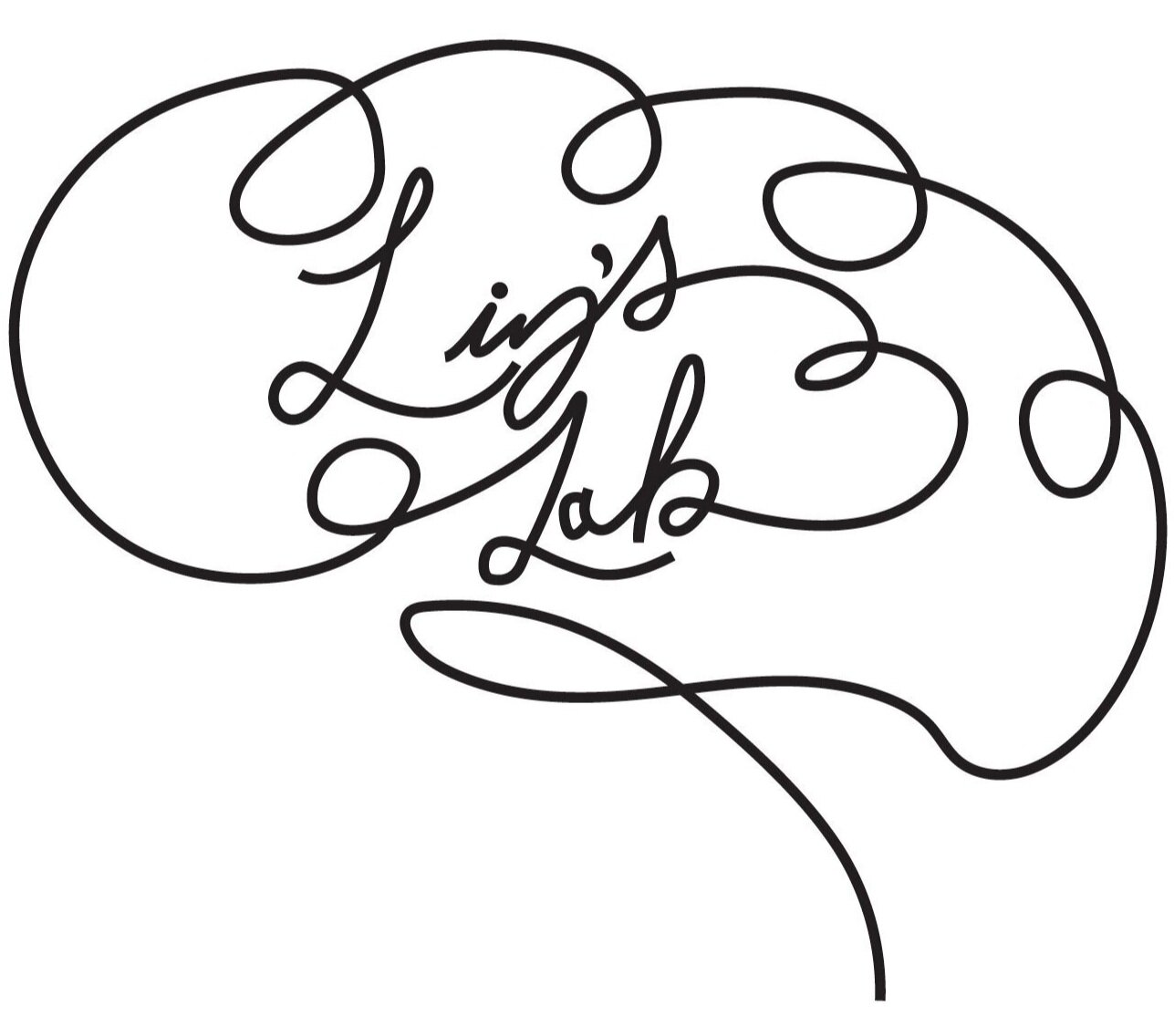Liz’s Lab Book Club - May 2020
On May 1st, I hosted a book club with my lab members. I chose a book titled “The Inflamed Mind” by Edward Bullmore for our first book club, as it offered evidence for the link between the immune system and major depressive disorder, a dive into history of theories of the cause of MDD and the subsequent treatments that became available, and helpful anecdotes to guide the understanding of the immune theory of depression. Altogether, the book laid out a strong argument for inflammation playing a major role in many cases of MDD.
My research team studies the role of B cells in providing a resilient response to stress in mice. With the axiom that MDD can be caused by a pro-inflammatory response, the question of how other elements of the immune system, such as B cells, affect MDD symptoms is a worthy endeavor to explore.
In our book club discussion, we discussed our own experiences of the emotional side effects of inflammation in a similar fashion to Edward Bullmore in his book; I brought up my experience with wisdom tooth extraction leading to my emotional experience afterwards. We agreed that storytelling and reference to personal experience can guide the understanding of the immune underpinnings of depression.
“As this inflammatory theory of depression continues to gain empirical support, I hope that it will offer hope and new treatment prospects to millions of people worldwide.”
Bullmore explained the old mistaken ideas people in the past had regarding depression and the function of the brain, with one of the earliest theories being that melancholia is caused by black bile from the spleen, which, interestingly, offers a modicum of truth; immune cells located in the spleen, B cells, are often implicated in depression. A team member, Sabrina, decided to dig further into this historical perspective. Additional theories that greatly influenced Western medicine offered in the book, namely the divide between the mind and body rooted in philosophy from Rene Descartes, or “Cartesian dualism”, made me curious as to what others in my team thought: Are the mind and body truly separate, and are the real world consequences of this perceived divide merited? My team reached a consensus that the consequences of Cartesian dualism has led to mental health stigma, and a tendency for mental health and physical health treatments to be dealt with in much different ways, and perhaps leading to mental health facilities having a real geographic split from other types of health facilities despite all having their roots in dysfunction of bodily systems.
Bullmore posited that there are numerous studies confirming the link between the immune system and depression, and therefore treatments for depression which target the immune system may soon become available. My team members appeared to agree that this was an optimistic prediction, and that it would likely take more time than 10 years or so for the development of anti-inflammatory drugs or other drugs that target the immune system specifically for patients with depression. Our discussion of treatments included the vagus nerve, which is thought to reduce inflammation and improve mood, and the so far limited studies and difficulty of obtaining control groups for devices which stimulate it. I agreed to conduct a literature search on the effects the stimulation of the vagus nerve has on B cells numbers and their function and the spleen.
Overall, I found the discussion insightful and exciting, with all team members offering their opinions and giving relevant examples from their lived experiences. I was moved by the conservation to deliver my opinions fueled by my experiences in mental health services of the negative consequences of viewing mental health differently than other health conditions. The book was an excellent discussion starter, leaving my team with many questions and a new outlook on the real world implications of the historical neglect to treat depression as a disorder not just of the mind but with a physical, biological mechanism that could be targeted. As this inflammatory theory of depression continues to gain empirical support, I hope that it will offer hope and new treatment prospects to millions of people worldwide.



